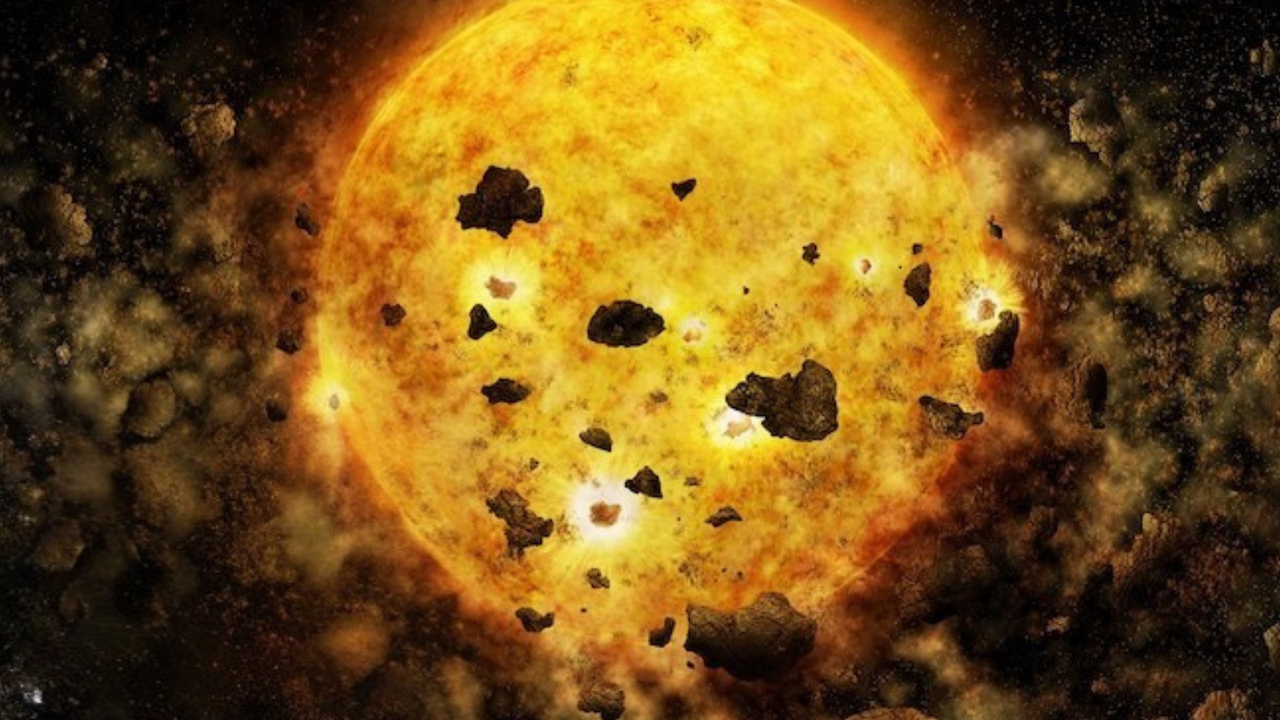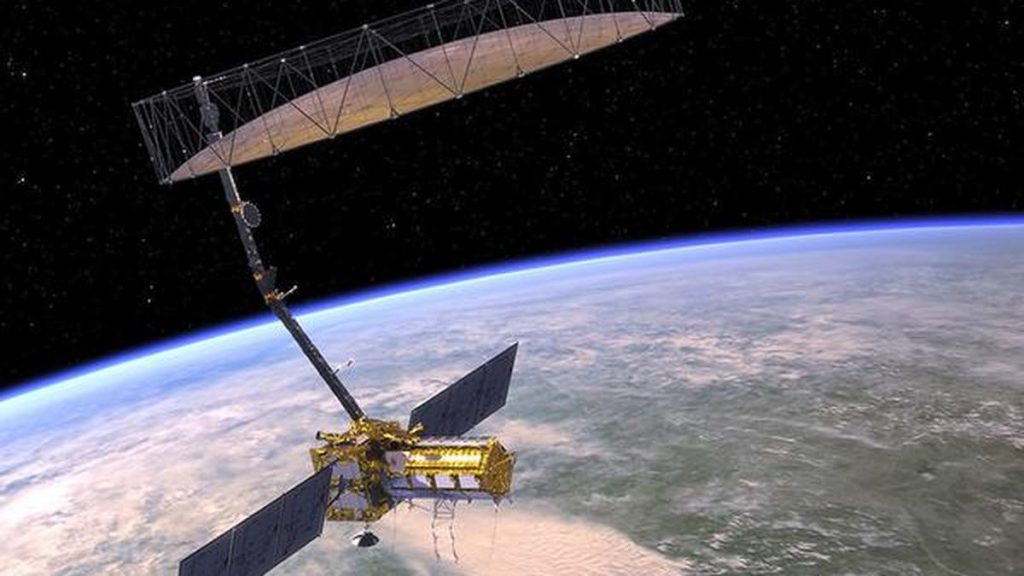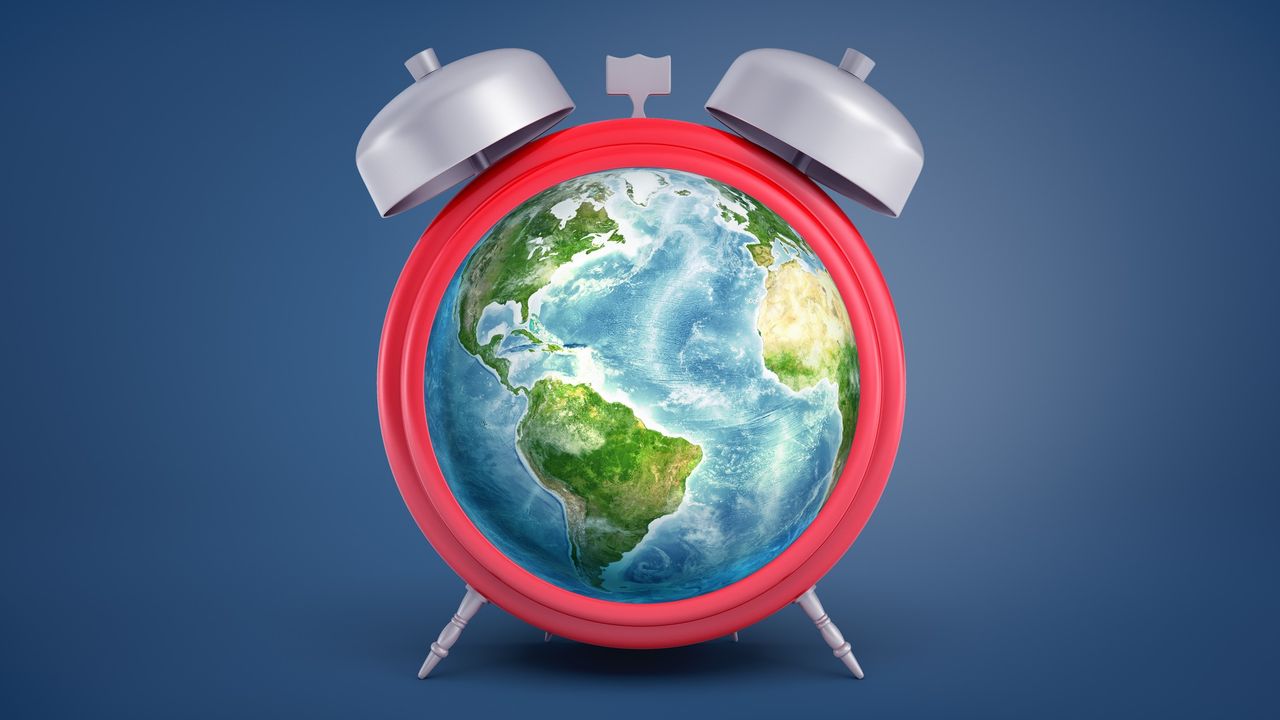Now Reading: Doomed Exoplanet Caught in Fatal Orbit Around Its Star
-
01
Doomed Exoplanet Caught in Fatal Orbit Around Its Star
Doomed Exoplanet Caught in Fatal Orbit Around Its Star

Rapid Summary:
- TOI-2109b, a massive exoplanet five times the mass of jupiter, is located 870 light-years away and orbits its parent star, TOI-2109, in just 16 hours.
- Classified as an “ultrahot Jupiter,” TOI-2109b is one of the closest orbiting gas giants ever discovered and offers a unique opportunity to observe orbital decay phenomena.
- Archival data from telescopes like NASA’s TESS and ESA’s Cheops shows that the planet’s orbit decays by about 10 seconds over three Earth years, confirming its spiral toward eventual destruction.
- The fate of this planet could follow three paths:
– Plunge into its parent star: Producing a dramatic flash upon impact.
– Ripped apart by tidal forces: Leading to disintegration as gravitational interactions distort its shape.
– Transformed into a rocky super-Earth: Radiation may strip away gaseous layers through photoevaporation.
- Findings help astronomers explore planetary migration toward stars and implications for other solar systems.
Images:
!TOI-2109b spirals into its parent star
Caption: The giant exoplanet TOI-2109b spirals into its parent star. (Image credit: NASA/CXC/M. Weiss)
!Tidal forces ripping apart planets illustration
Caption: Tidal forces ripping apart an exoplanet near a star. (Image credit: Robert Lea (created with Canva))
!Transformation illustration of gas giant to rocky body
Caption: Gas giant losing atmosphere due to photoevaporation near radiation-heavy environments around stars.(RobertCanva))
Indian Opinion Analysis:
The study of ultrahot Jupiters like TOI-2109b provides valuable insights not only into their extreme environments but also broader astrophysical phenomena applicable across various solar systems-including ours. For India’s growing space sector, such research highlights opportunities for collaboration with international missions like NASA or ESA in monitoring distant exoplanets through advanced techniques.
India’s participation in exploring orbital mechanics can sharpen expertise essential for domestic projects such as ISRO’s future interplanetary missions or enhancing educational focus on celestial dynamics-areas often tied closely to satellite technology innovations here at home.
Additionally-in cultural terms-ancient Indian cosmological texts frequently theorized objects moving dangerously close universality components witnessed touching spirituality






















